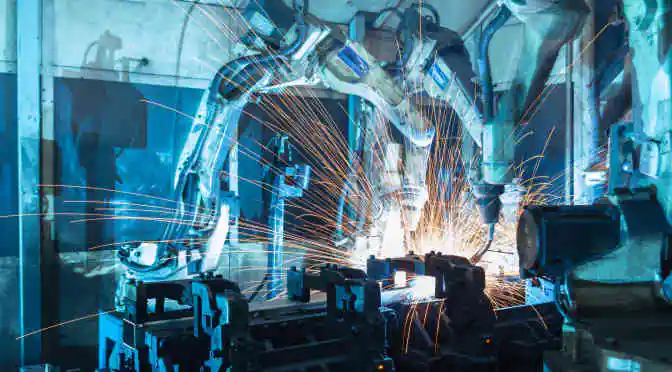I hate flying. Being trapped in a metal tube with a few hundred other humans for hours is a trying experience, even under the best circumstances. But in every flight, there is a tiny moment of payoff—that first peek of a new city from the air. (The joy of this moment is likely amplified by the imminent escape from air travel limbo, but the point still stands).
But most travelers also know that, from the air, so many large cities look alike. Yes, density varies, but cities are seas of shiny chrome, steel, glass and brick, crosshatched by streets and dotted with green spaces.
But what if, when descending on a new place, it wasn’t just dotted with green? What if it was green, with rooftops composed of grass that would make even the most anal retentive suburbanite green with envy?

The roof of the Canadian War Museum, in Ottawa
This is the vision that organizations like GreenRoofs.com, Green Roofs for Healthy Cities, and the Nature of Cities have for urban development (except for that last bit, probably).
Green roofing is one component of living architecture. And while the term green normally just refers to something that is environmentally friendly, it’s a bit more literal in this case. Green roofs are a living, breathing feature covered in vegetation.
For more information on roofing, check out Technavio’s report.
The whole thing kind of has the visual effect of an urban Hobbiton. But aesthetics aside, green roofs are becoming an immensely popular feature because of their slew of benefits.
For example, we’re in the midst of a pretty intense El Niño year, which means higher than average precipitation for a lot of North America. In many cities, high rainfall means flooding, since impermeable concrete leaves nowhere for the extra water to go. Green roofs provide a permeable surface to absorb extra water and take the pressure off sewer systems.
And they’re not just saving our infrastructure; these roofs can also help reduce the urban heat island effect, reduce the impact of carbon monoxide and provide additional wildlife habitats.

Nanyang Technological University School of Arts, Design and Media, Singapore
As with many “green” technologies, green roofs are expensive at the outset. It’s not just a matter of laying sod and hoping for the best. These roofs require special insulation, a vapor and drainage layer, a waterproof membrane, as well as the growing medium and plants. For a lot of individual homeowners, this special construction is prohibitively expensive.
However, construction is increasing globally, with the roofing market expected to grow by nearly $32 billion from 2015 to 2020. This means that, over the forecast period, more dollars will become available for living architecture. The next five years will see the construction of more green roofs on public buildings, like the ones already sported by the Nanyang Technological University School of Arts, Design and Media in Singapore, the Vancouver Convention Centre, the Canadian War Museum in Ottawa, and Chicago’s City Hall.



